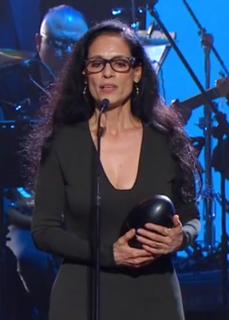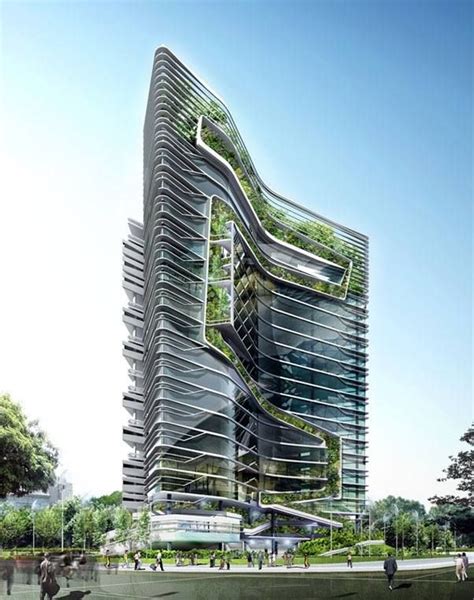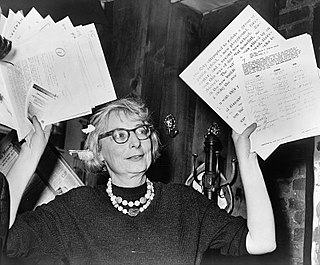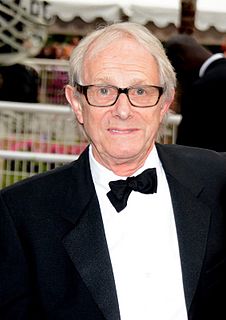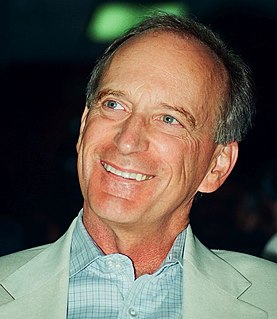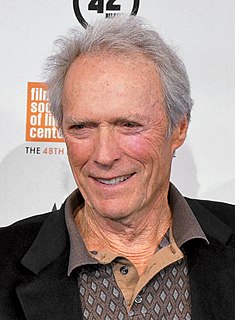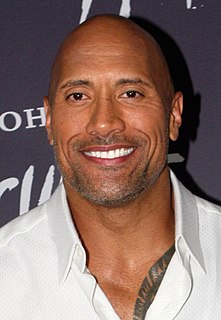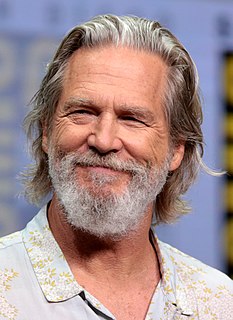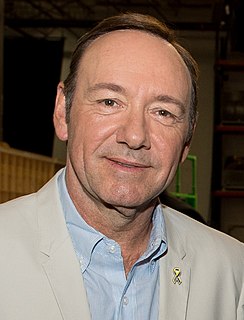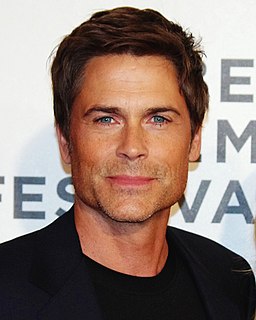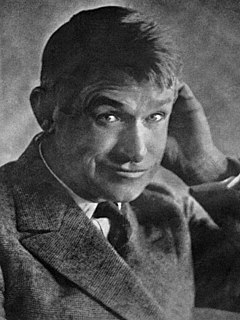A Quote by Jonathan Hale
There was a time in our past when one could walk down any street and be surrounded by harmonious buildings. Such a street wasn't perfect, it wasn't necessarily even pretty, but it was alive. The old buildings smiled, while our new buildings are faceless. The old buildings sang, while the buildings of our age have no music in them.
Related Quotes
In Brazil, there is a fear and a denial of our past. Downtown Rio used to display the history of colonialism in Brazil. They had beautiful buildings and theaters, and there was a bakery that was threatened to be demolished, but people insisted against it. They laid down in front of it and said, "You're going to have to go over my body to destroy it." It frustrates me when I see people on Facebook posing in front of old buildings while on vacation, because they could've posed in front of equally beautiful buildings at home in Rio.
Cities need old buildings so badly it is probably impossible for vigorous streets and districts to grow without them.... for really new ideas of any kind--no matter how ultimately profitable or otherwise successful some of them might prove to be--there is no leeway for such chancy trial, error and experimentation in the high-overhead economy of new construction. Old ideas can sometimes use new buildings. New ideas must use old buildings.
There are hundreds of Frank Lloyd Wright buildings around the United States and in other countries, too. Wright lived into his 90s, and one of his most famous buildings, the Guggenheim Museum in New York, was completed just before his death. Wright buildings look like Wright buildings - that is their paradox.
I think green buildings are extremely important but it's only part of the equation. A lot of people think that if I put a green building everything is going to be fine, but actually it's not just the green buildings we need, but green businesses, green governments, green economics. We have to extend the greening of buildings to our business and our lifestyles - that is the most important thing to do next.
An aggressive building performance standard for all new buildings, and a set of performance requirements to be met by all buildings before they can be sold (when upgrades can be included in the new mortgage). These should encompass heating and cooling, lighting, and plug loads. Coupled with new efficiency standards for appliances, lights, and furnaces, this should reduce the energy consumption of new buildings by 50 percent, more or less immediately, and go on from there.


